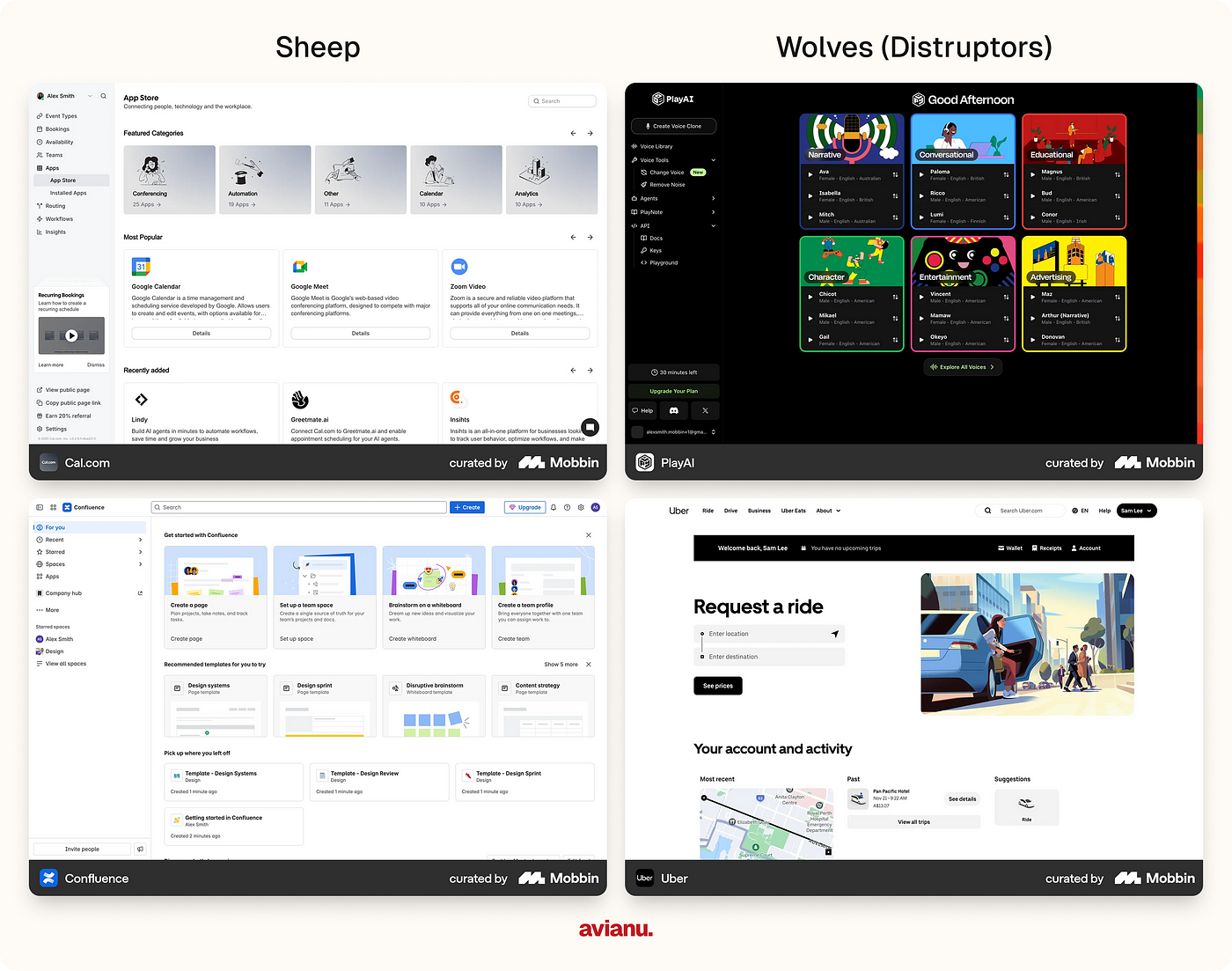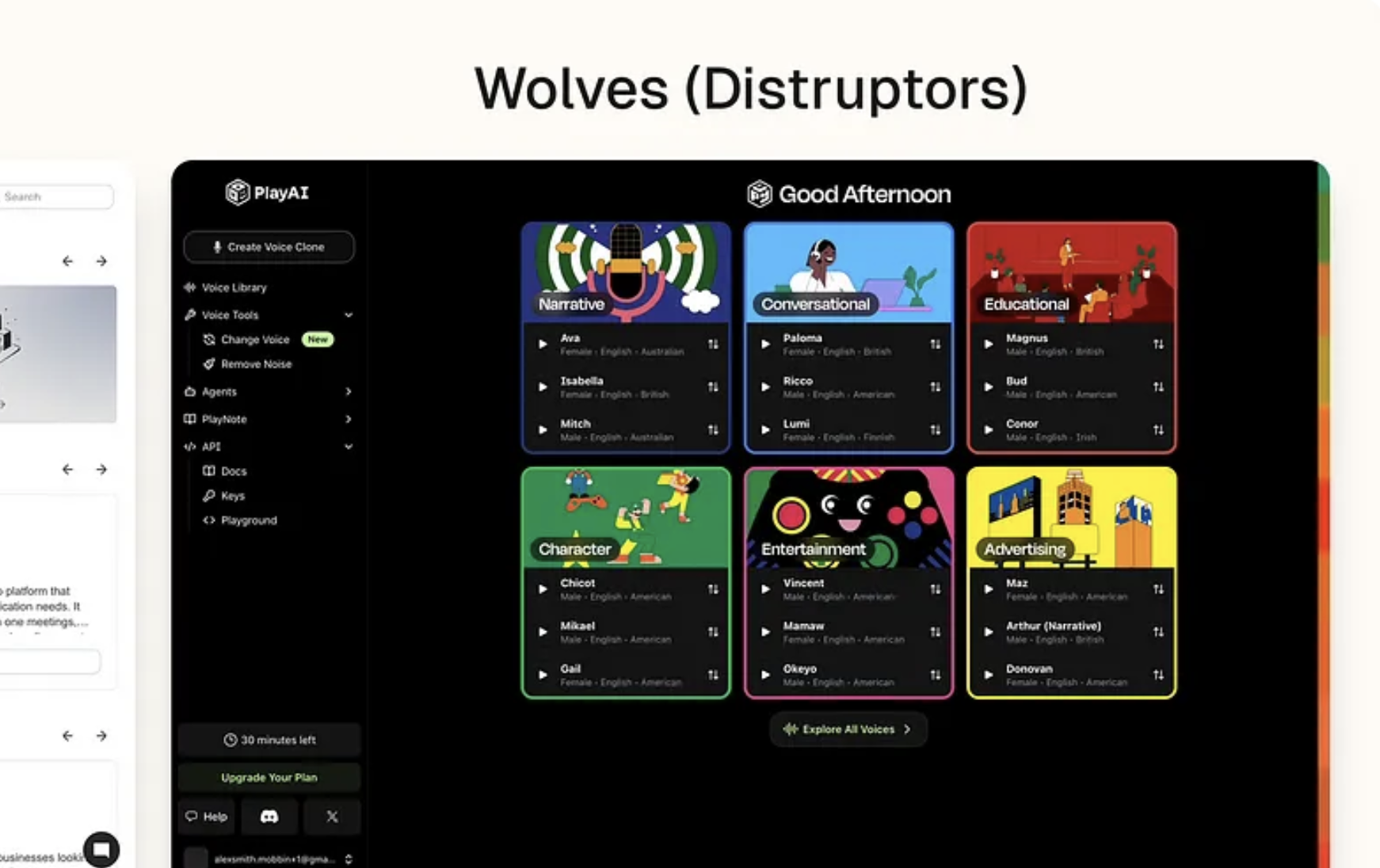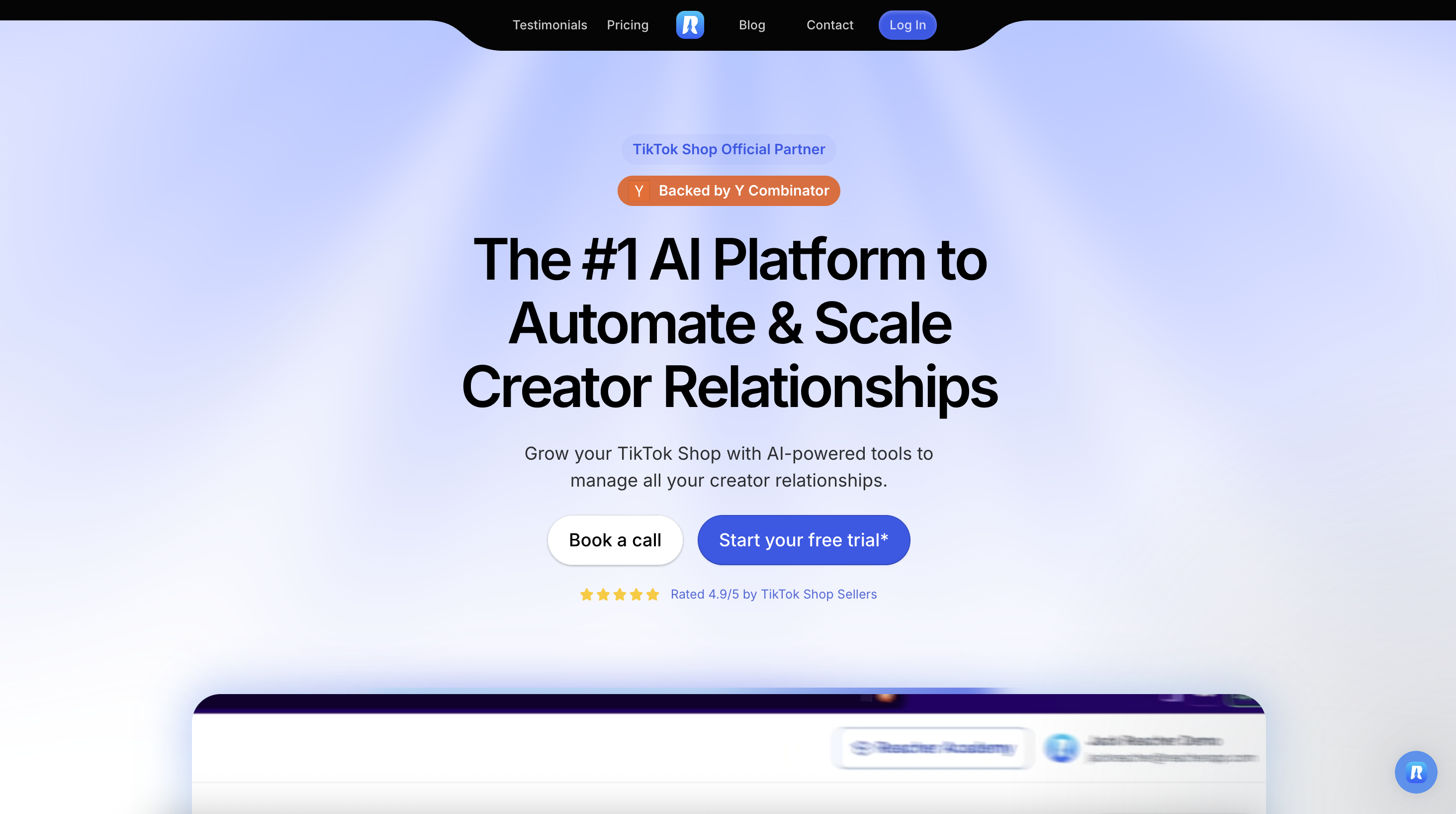Here’s what happened:
- 3 product lines, each with different target audiences
- Design team convinced leadership they needed a complex shared foundation
- Spent months building abstract components and theming systems
- Created governance processes that required 4 approvals for button changes
- Built tools on tools on tools
- Launched with fanfare
Result?
Teams stopped using it after 6 weeks. Too complex. Too slow. Didn’t fit their actual needs.
They’re back to building one-off components and wondering why their products look inconsistent.
The real cost? Not just the $180K. They missed their launch window by 3 months.
The Multi-Organization Design System Lie
Here’s what everyone gets wrong about multi-org design systems:
They think the problem is technical when it’s actually cultural.
You don’t need some complex shared foundation with brand-specific extensions and governance committees.
You need teams that actually give a damn about consistency.
I’ve seen 10-person startups with better cross-product consistency than Fortune 500s with dedicated design system teams.
Why?
Because they had wolves, not sheep.

What Actually Works: The Themed Control Approach
Stop overthinking this.
If you can control theming, your products can have their own personality.
At avianu, we start every project with one of several base design systems. shadcn is my personal favorite — gives dev teams a shared language from day one.
Same foundation. Different skin.
The magic isn’t in the architecture. It’s in the discipline.
Company A: 4 products, all using the same base components with different themes. Consistent? Yes. Boring? Hell no.
Company B: 2 products, custom everything, 18-month “unification” project. Consistent? Maybe. Shipped? Nope.
The Team Structure Nobody Talks About
“Do we need a dedicated design systems team?”
Wrong question.
Right question: “Do we have people who understand why this matters?”
Most orgs expect uniformity and good UX without investing in design systems thinking. They want the results without the discipline.
I’ve seen it work without dedicated teams — but only when multiple people actually prioritized it.
The secret? Those people work on other products too. Automatic socialization. No ivory tower. No “that’s not my problem” attitude.
But here’s the catch: It takes a special type of person and organization to pull this off.
Most don’t qualify.
The Boldness Problem
Want to know why most multi-org design systems fail?
Fear.
- Fear of being different
- Fear of picking a direction
- Fear of saying no to someone’s vision
So they try to accommodate everyone. Build systems that work for everything and optimize for nothing.
Result? Generic, forgettable products that blend into the noise.
In the age of AI and commoditized features, your design system IS your competitive advantage.
The companies winning? They’re bold. They have opinions. They stand for something.
Linear doesn’t look like Notion doesn’t look like Figma.
They all have strong design systems. None of them look the same.
The Tool Trap Everyone Falls Into
“We need Figma AND Storybook AND Abstract AND Zeplin AND…”
Stop.
One tool that does many things > many tools that do all things.
The overhead of managing 7 different tools for your design system is killing your velocity.
Your designers can morph a design system faster than your developers. Give them something that creates shared language from day one, not 6 months of tool integration.
I’ve seen teams ship faster with “imperfect” tools than teams with “perfect” architectures.
What I’d Do Instead
If I were running a multi-org design system strategy:
1. Pick your battles Not everything needs to be unified. Focus on what actually creates user value.
2. Start with constraints, not possibilities “We use these 4 colors and this typography system across everything.” Build from there.
3. Optimize for speed, not perfection Ship something people actually use vs. something that checks theoretical boxes.
4. Be opinionated “This is how we do buttons” beats “here are 17 button variations for different use cases.”
5. Make it cultural, not technical If people don’t care about consistency, no amount of tooling will save you.
The Uncomfortable Truth
Most companies aren’t ready for sophisticated design system strategies.
They want the benefits without the discipline. They want consistency without constraints. They want speed without decisions.
You can’t have it all.
But here’s what you can have: Products that people remember. Experiences that feel intentional. Design systems that teams actually use.
The cost? Being brave enough to have an opinion.
What’s the most expensive design system mistake you’ve witnessed?
Most founders I talk to have at least one story of burning 6+ months on the “perfect” system that nobody used.
The companies that skip this trap? They’re the ones building products people actually want to use.
Want to avoid the multi-org design system money pit? We’ve helped dozens of companies build systems that teams actually use — without the 18-month implementation timeline. Book a call and let’s figure out what actually works for your situation.











